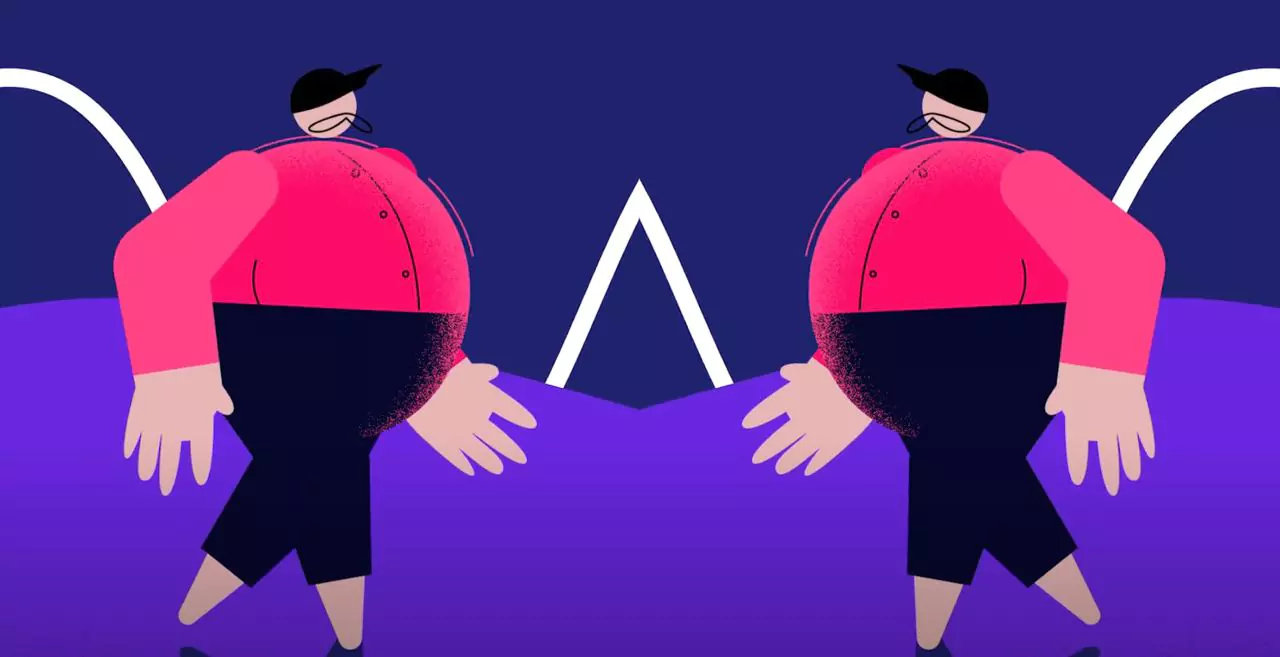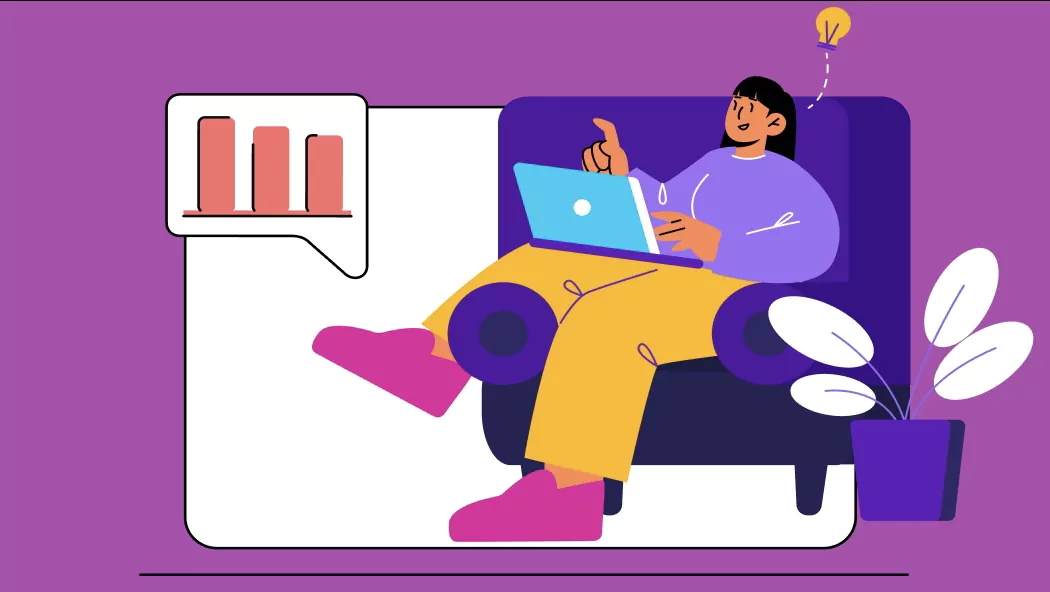Introduction
In 2023, we enter the world of graphic design and motion design, which continuously evolves and shapes the visual landscape. From captivating animations to dynamic visual effects, motion graphics play a crucial role in various industries, including film, advertising, gaming, and digital marketing. This article explores the emerging trends in motion graphics that will shape the future of this exciting field.
Interactive Motion Graphics
Immersive Experiences: With the advent of Virtual Reality (VR) and Augmented Reality (AR), motion graphics are becoming increasingly interactive and immersive. Graphic designers use these groundbreaking technologies to create visually appealing and audiovisually impressive experiences that captivate audiences. The fusion of animated images with the ability to interactively dive into virtual worlds promises an exciting future for motion design.
Interactive Storytelling: Interactive motion graphics enable viewers to actively interact with content, making the narrative more personal and memorable. By integrating customized user interfaces, motion graphics can adapt to individual preferences, creating a more intense narrative. Motion designers use animated elements to draw viewers deeper into the story, creating a unique storytelling approach.
Data-Driven Interactions: Motion graphics are increasingly used to visualize and present complex data in engaging and accessible ways. With interactive elements, viewers can explore the data and gain deeper insights, making the information more engaging and understandable. Graphic designers animate infographics and charts to transform dry numbers into compelling audiovisual experiences.
3D Motion Graphics
Realistic Visuals: Advances in 3D modeling, rendering, and animation software have increased the realism of motion graphics. 3D motion graphics allow designers to create lifelike visual effects, character animations, and impressive environments. Combining 3D elements with 2D graphics creates a seamless and captivating visual experience.
Dynamic Camera Movements: 3D motion graphics offer more flexibility in camera movements, enabling dynamic and cinematic shots. With the ability to explore virtual spaces, graphic designers can create captivating sequences that enhance storytelling and engagement. Skillful use of camera animations gives motion graphics a dynamic and compelling quality.
Integration with Live-Action Footage: Combining live-action footage with 3D motion graphics opens up new possibilities for seamless integration. Motion designers can insert real actors into animated worlds or create spectacular visual effects in real scenes. The perfect symbiosis between live action and animation creates an impressive audiovisual experience.
Minimalist and Abstract Motion Graphics
Minimalism in Design: Minimalist motion graphics focus on simplicity, clear lines, and a limited color palette. This minimalist design approach creates a sense of elegance and clarity, effectively conveys information, and leaves a lasting impression. Motion designers use restrained animations to highlight the beauty of simplicity and create an expressive visual aesthetic.
Abstract Visuals: Abstract motion graphics use unconventional shapes, colors, and compositions to evoke emotions and engage viewers on a visual level. These visual elements are open to interpretation, allowing viewers to have a unique and personal experience.
Experimental Techniques: Motion graphics designers push their boundaries by exploring innovative and experimental techniques. From glitch effects to generative algorithms, these techniques bring surprise and creativity to motion graphics. Experimental approaches allow conventional design patterns to be broken and unique visual worlds to be created.
Typography and Kinetic Typography
Dynamic Typography: Typography is no longer limited to static forms. Motion designers use animated fonts to incorporate movement, transitions, and animation into text design. Dynamic typography can enhance the visual impact of messages and effectively convey information. Motion designers use typography as a lively design element to capture the audience’s attention and amplify the impact of texts.
Kinetic Typography: Kinetic typography goes a step further by synchronizing text with musical sounds. It adds rhythm, emphasis, and visual interest to the displayed words, creating an engaging and captivating visual experience.
Custom Font Animations: Thanks to advanced tools and software, designers can create custom font animations that reflect the tone and style of the content. By carefully selecting fonts, animation effects, and colors, motion designers can create a unique visual identity that seamlessly integrates into the overall design. Custom font animations bring a personal touch to motion graphics projects and enhance messages subtly yet effectively.
Conclusion
Looking to the future, motion graphics will continue to pursue exciting and innovative ways to shape the visual landscape. From interactive experiences to realistic 3D visuals, from minimalist designs to experimental techniques, and from dynamic typography to kinetic typography, the possibilities for motion graphics are endless. By embracing these trends and pushing the boundaries of creativity, designers and companies can harness the full power of motion graphics to captivate their audience and elevate their visual communication in the dynamic digital environment of 2023.
Graphic designers and motion designers are becoming true artists in this era of audiovisual fascination, bringing their ideas to life in moving images and animated worlds. The audiovisual component is becoming increasingly important as graphic design and motion design are no longer limited to static images but create a holistic and emotional experience through the use of text and musical sounds.
Whether it’s illustrating complex data, telling an immersive story, or conveying a company’s message succinctly, graphic design and motion design have become an essential part of contemporary communication. Today’s graphic designers have a comprehensive toolkit that combines illustrations, graphics, user-friendly interfaces, and animated elements to create a total work of art.
The audiovisual nature of graphic design and motion design opens up entirely new possibilities for presenting businesses, products, and ideas while capturing the audience’s attention. In a time when the competition for audience attention is more intense than ever, graphic design and motion design can make the crucial difference in standing out from the crowd.
Overall, graphic design and motion design are fascinating and versatile fields that continuously evolve and transform the way we perceive visual content. From interactive experiences and realistic 3D animations to minimalist design and abstract representations, to experimental techniques and kinetic typography, the future of graphic design and motion design is characterized by creativity, technology, and the ability to touch the audience in emotional and engaging ways. It will be exciting to see which new trends and innovations will shape the world of graphic design and motion design in the coming years.




